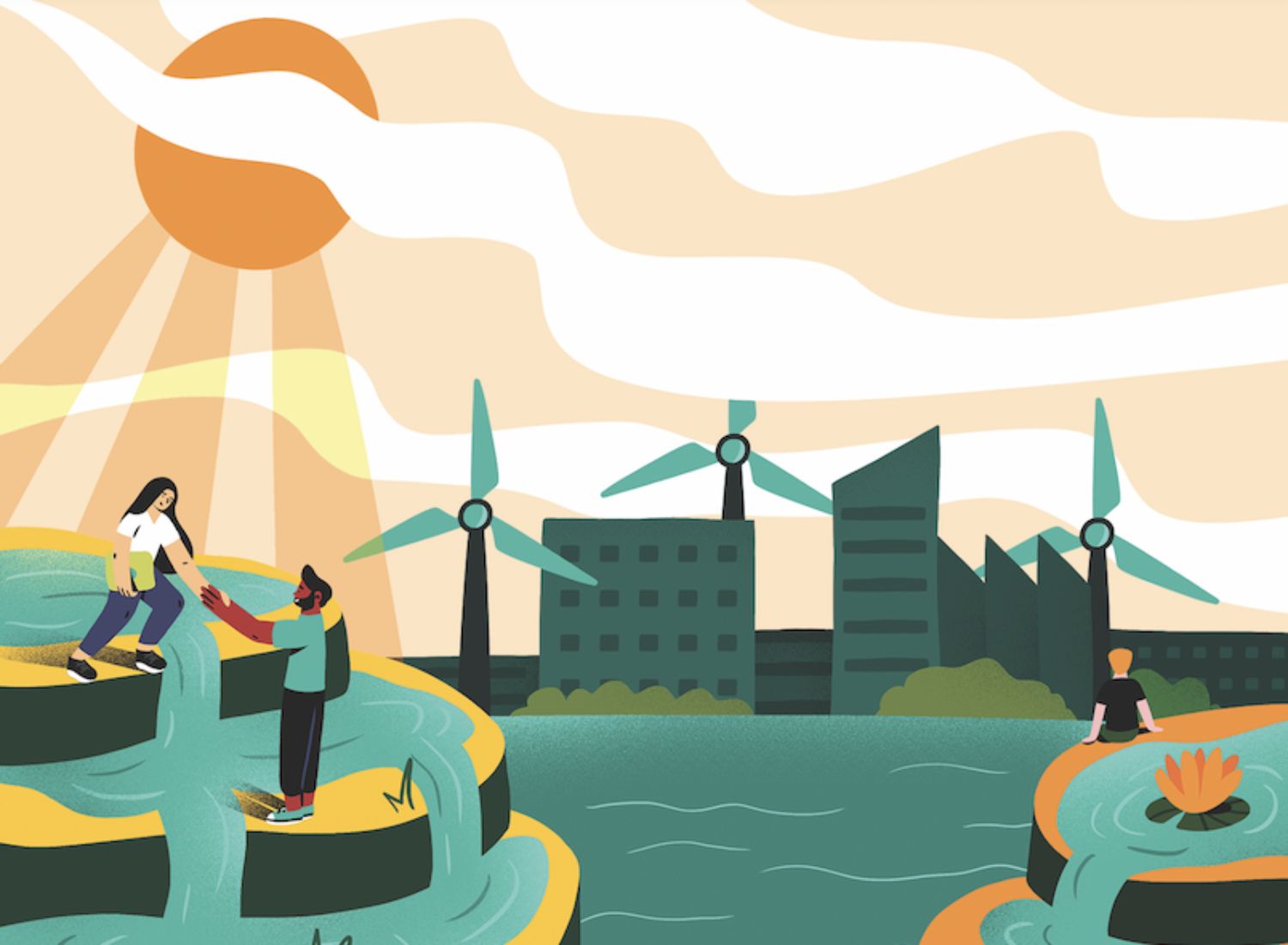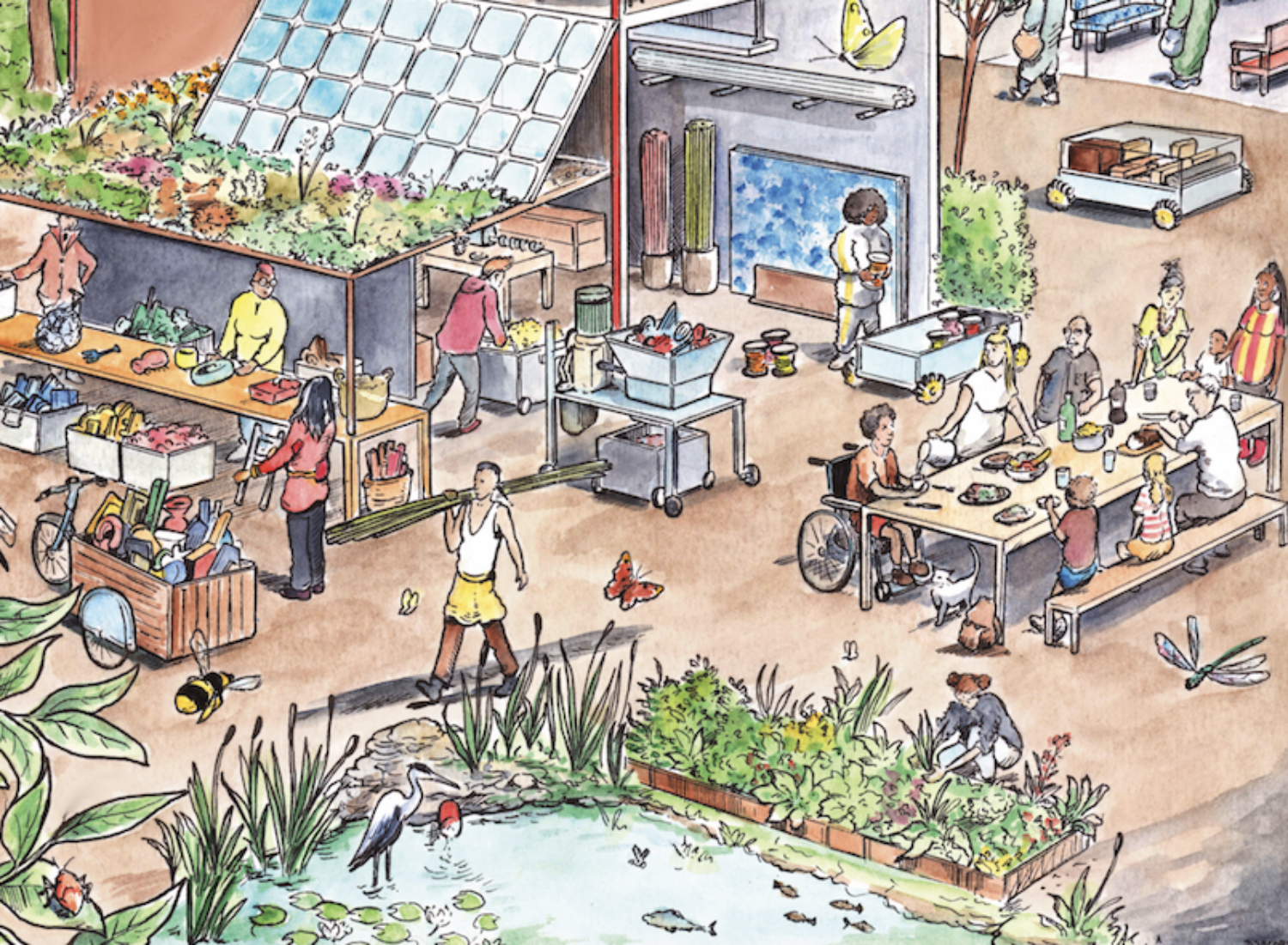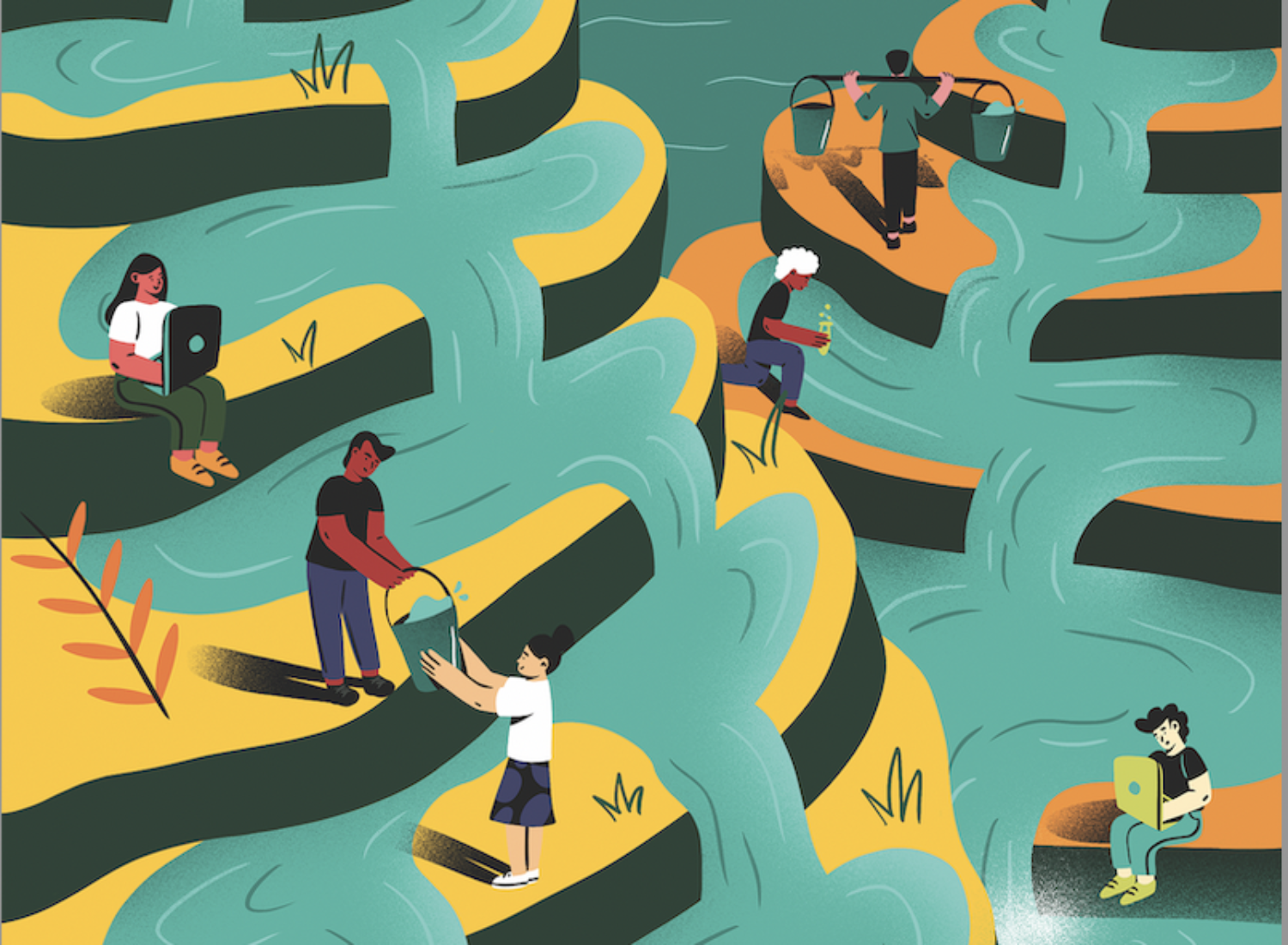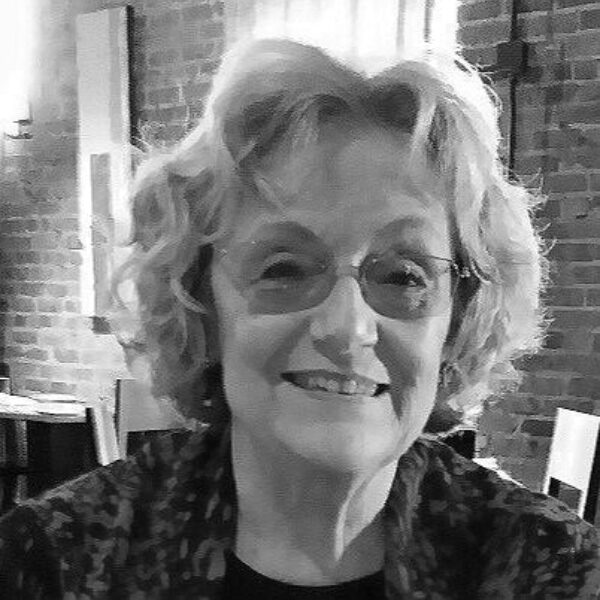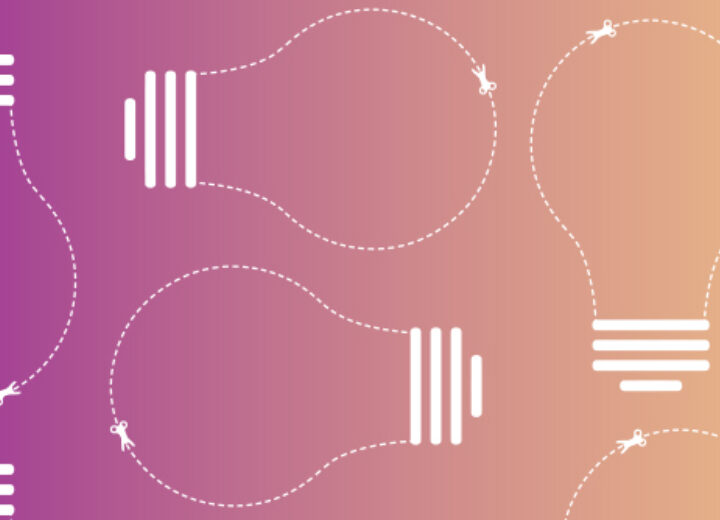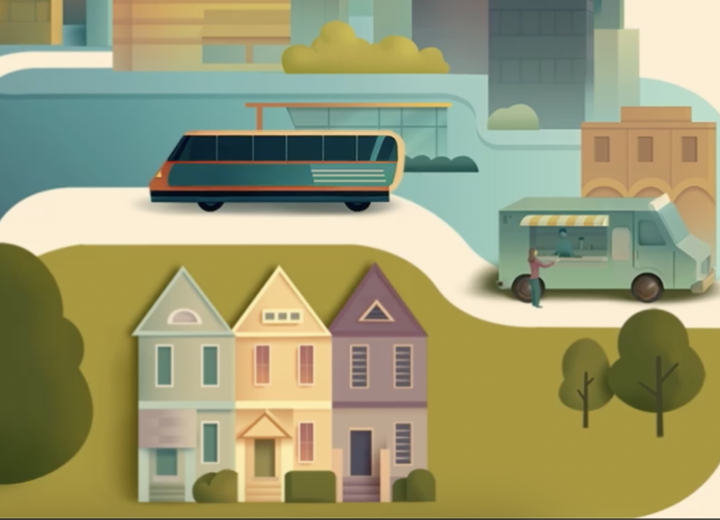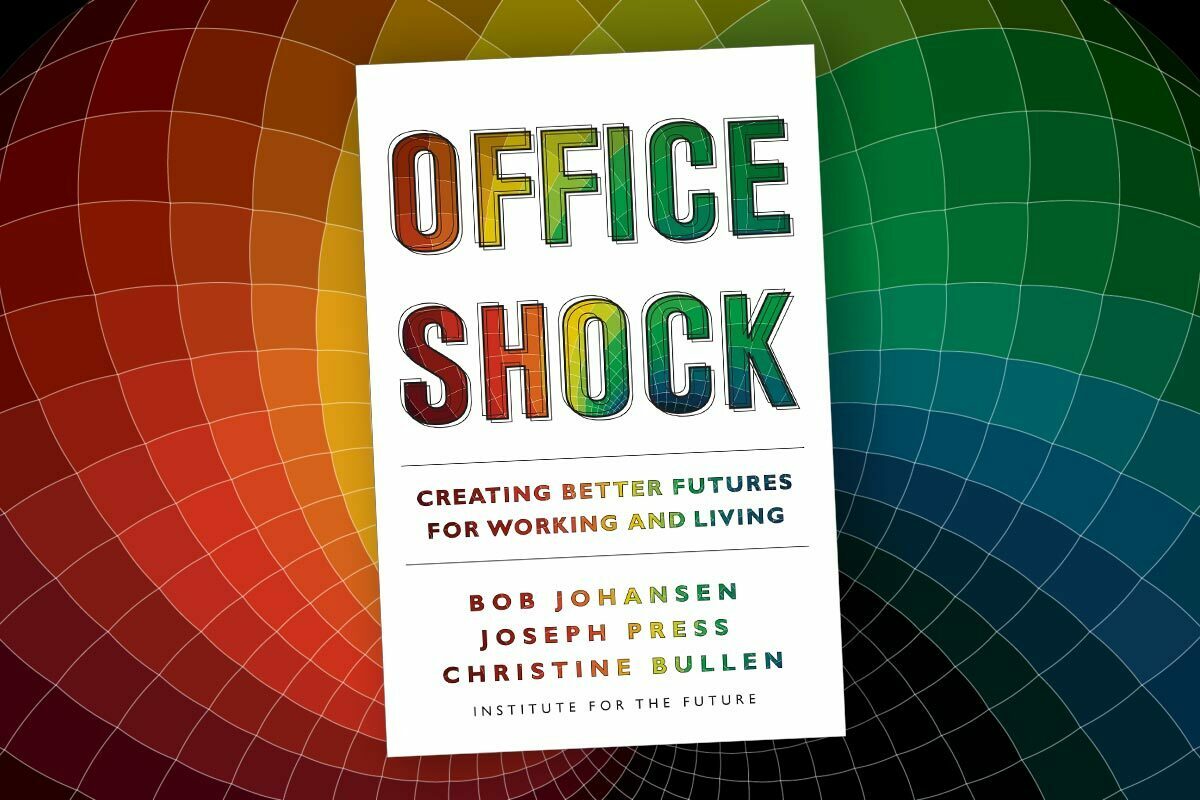
OFFICE SHOCK
Creating Better Futures for Working and Living
In their book, Office Shock: Creating Better Futures for Working and Living, Bob Johansen and co-authors Joseph Press and Christine Bullen, will show you how to think future back — asking the questions: What future do we envision? What changes are coming next? What shall we do now, to prepare ourself for unprecedented futures? COVID-19, with all its tragic consequences, also created an opportunity to ask this basic question: why do we work in offices at all?
Office Shock, published by Berrett-Koehler in 2023, prepares leaders to answer these questions, and more. It identifies the spectrums of choices that must be made in the present to make a better office, and a better future. It will also educate readers on how to think about the future back — forecasting futures, revealing insights, and aligning actions — to re-imagine where and how “office work” can and should be done.
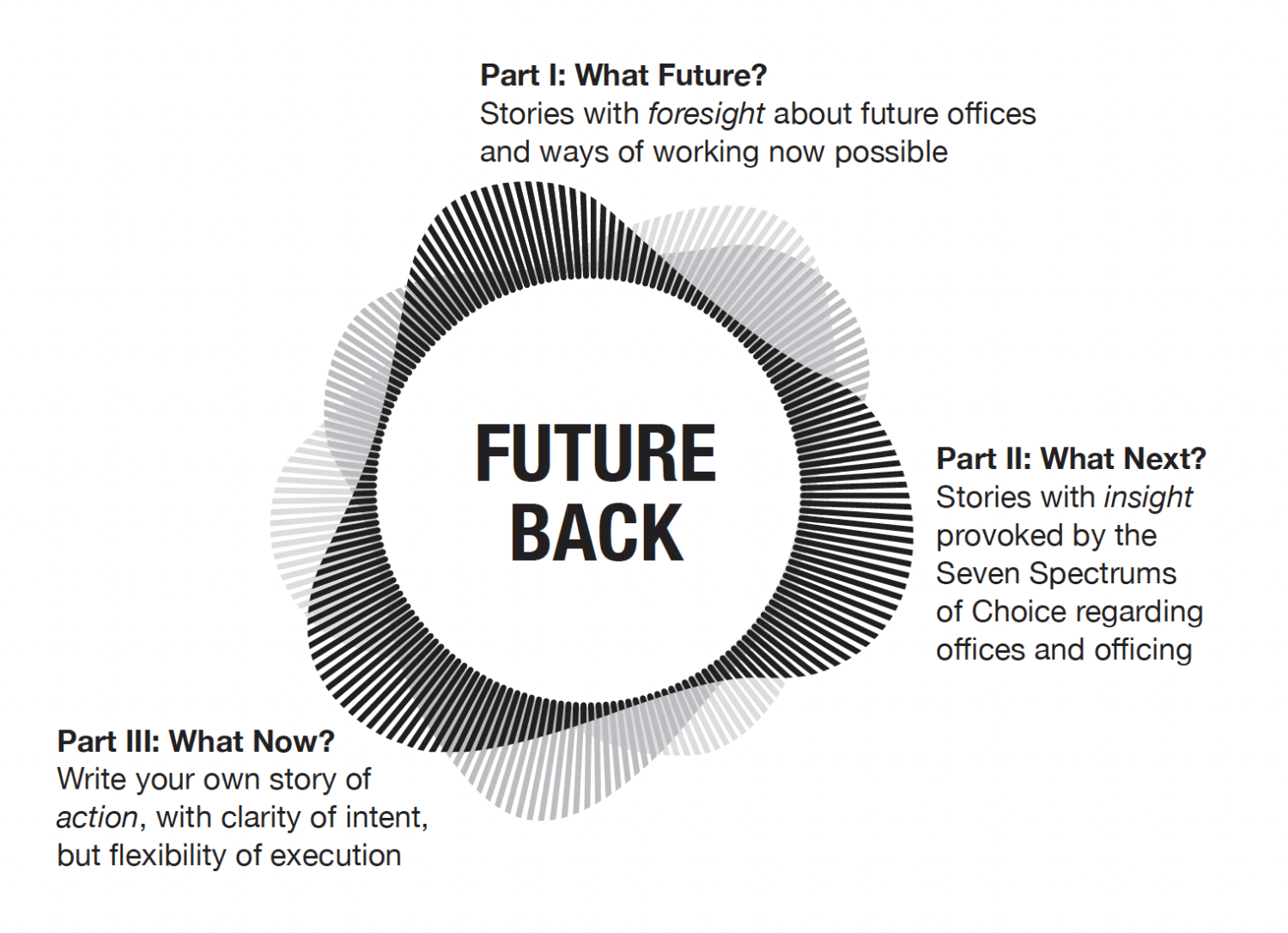
Office Shock is a futureback story
In this book, we apply futureback thinking to help make sense out of office shock, We start the book by focusing on the FUTURE (Part I), to anticipate directions of change and increase your clarity. NEXT (Part II), we introduce the Seven Spectrums of Choice about offices and officing. Finally, we end on the NOW (Part III) for individuals, organizations, and communities.
WHAT IF?
Explore and assess your priorities on the Seven Spectrums of Choice, to identify the strengths and weaknesses of your current office buildings, hybrid working arrangements, and new construction or updating options.
Imagine a world in which more office workers are motivated by a sense of purpose and meaning. Money and personal needs will still be part of this spectrum (particularly until you reach basic levels of safety and sustenance), but the higher ground will be meaningful work. People will understand the wisdom of purpose—as well as its business value. Leaders especially will be very mindful about personal and organizational intentions, sense of purpose, and clarity of direction.

Sharing Navigational Stars
Illustration by Katia Herrera from the Dominican Republic.
Imagine a world in which offices generate both financial return and social value. Corporations will provide vital bridges between working and living, increasing prosperity (social assets and shared value) for more people—both shareholders and stakeholders. New models of ownership and membership will emerge to empower people to feel a great stake in the outcomes that their organizations produce. It will be possible to achieve harmony between personal and social profit—even in a corporate setting.
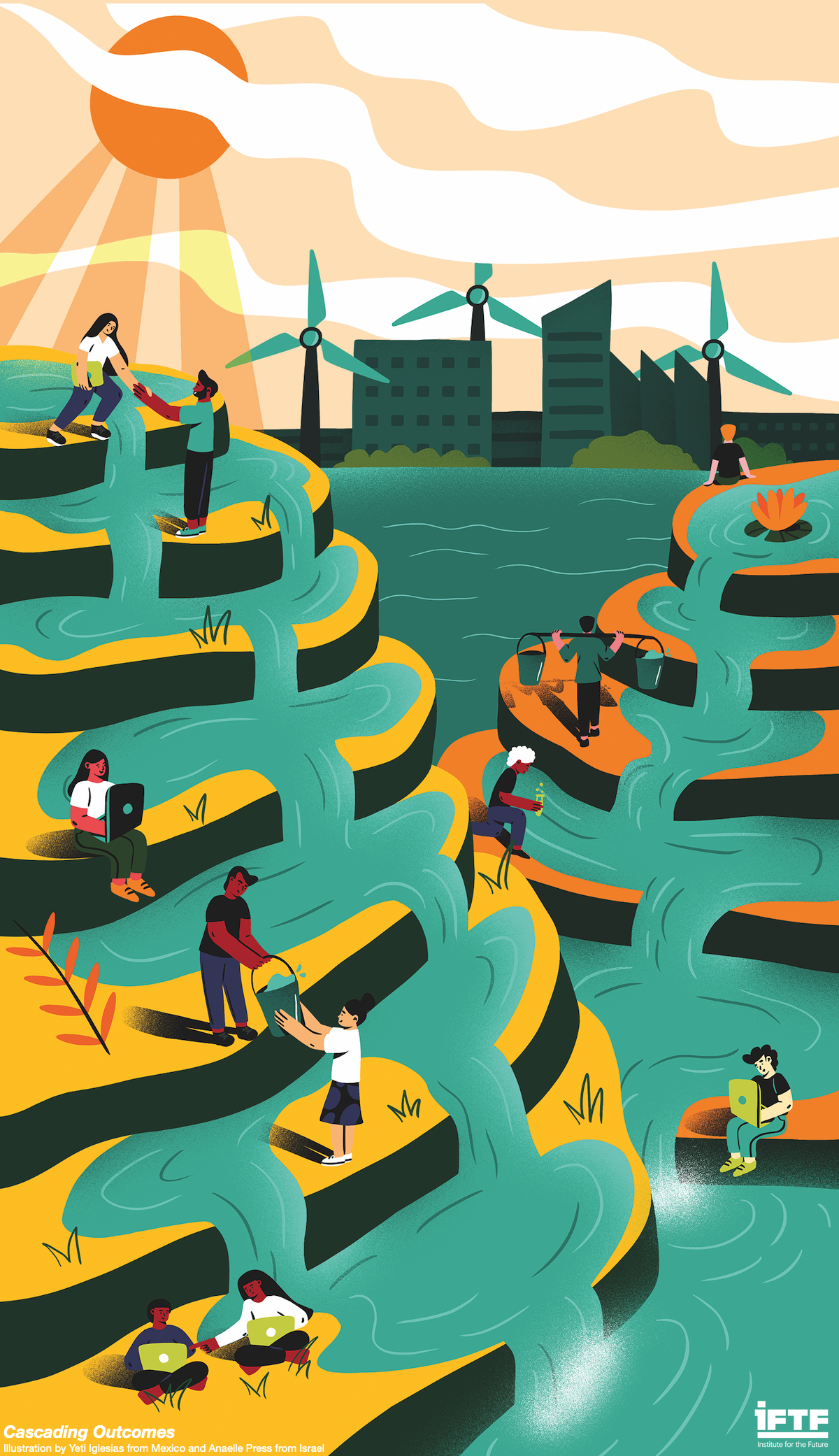
Cascading Outcomes
Illustration by Yeti Iglesias from Mexico and Anaelle Press from Israel.
Imagine a world in which people (in a messy and haphazard way) figure out how to equalize the balance between production and consumption. Circular design on a global scale will revolutionize the throwaway society of 2023. Symbiosis and regeneration will be credible mantras. Offices around the world will know their carbon allotment and use AI to keep track of their goals. Giving up some privacy for individuals will be necessary to create a better climate balance. PPP—People Planet Prosperity—will express the intention and direction of change.
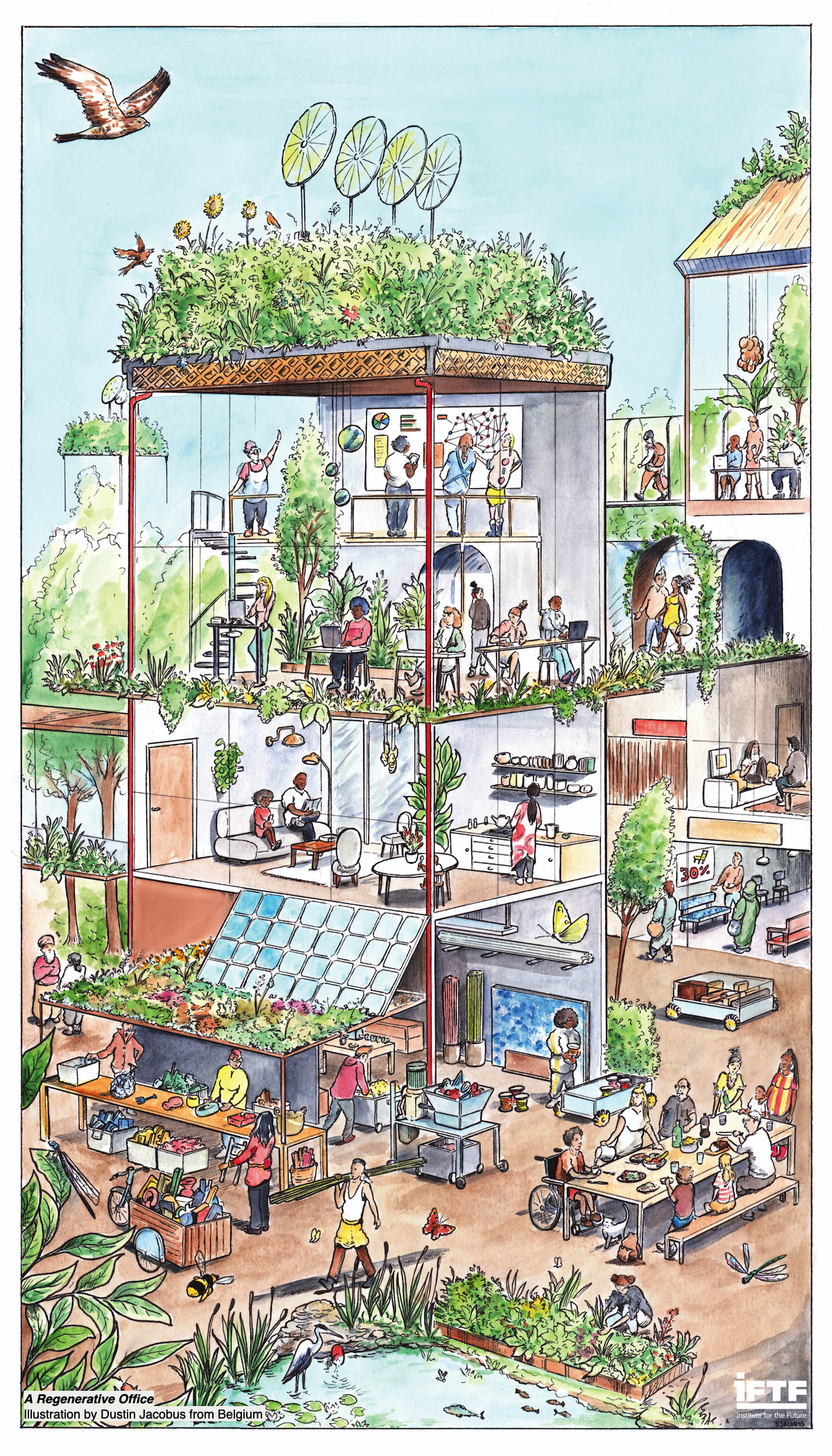
A Regenerative Office
Illustration by Dustin Jacobus from Belgium.
Imagine a world in which robust diversity is expected and rewarded. Traditional diversity programs sought to bring “others” into an established order. Future diversity programs for offices and officing will create a culture of belonging for all varieties of difference. Those who win in this world will be those who can present themselves as having fluid identities that engage positively with differences. Moving among cultures and styles will be a crucial everyday skill in this ever-changing world of mixing and matching. The most successful people will be mindfully aware of their roots and the routes they have pursued to get to where they are.
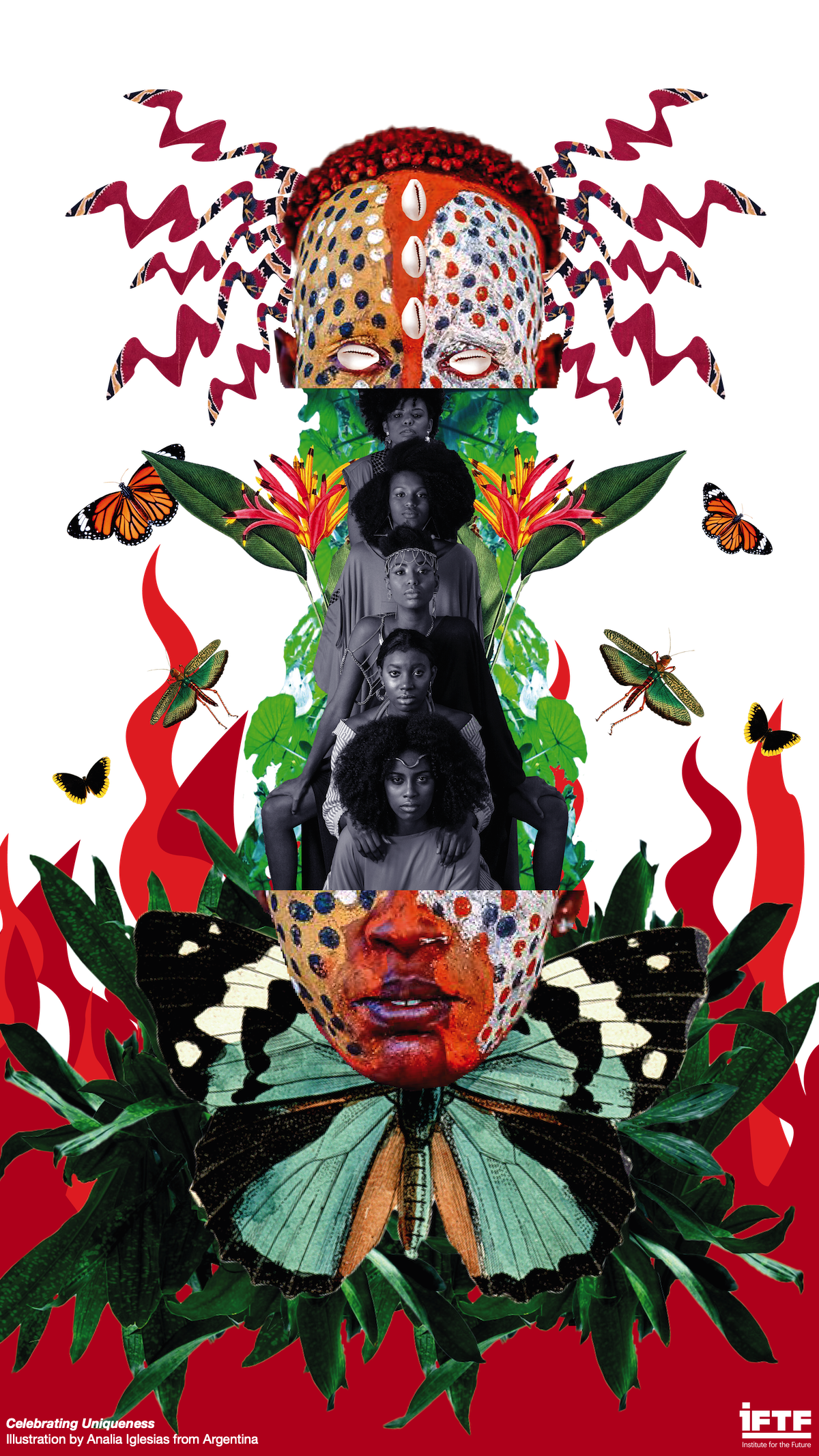
Celebrating Uniqueness
Illustration by Analia Iglesias from Argentina.
Imagine a world in which people, offices, and officing will be augmented, amplified, and enhanced. Humans and computers will work together to extend human intelligence and enhance work. Computers will replace humans for certain limited functions, but the bigger stories will be about humans and computers working together to do things that have never been done before. Everyone will be augmented in some way, while a growing number of people will be truly enhanced. Risk will intensify as computing becomes more intelligent and criminals more augmented, but opportunity will increase more than risk. Many of us will be cyborgs—and that will be a good thing, most of the time.

Embodied Augmentation
Illustration by Proxima Centauri B from Germany.
Imagine a world in which it is easy to move between in-person and virtual experiences. In this future world, we will always be online and enhanced, unless we choose to be offline. While the goal of virtual meetings used to be approximate face-to-face meetings, the new mantra will be to create ways of working that are better than in-person offices alone. Better ways of working, better ways of living, better ways of making the future. COVID-19 hybrid work was only an incremental step toward the officeverse—a nested network of networks.
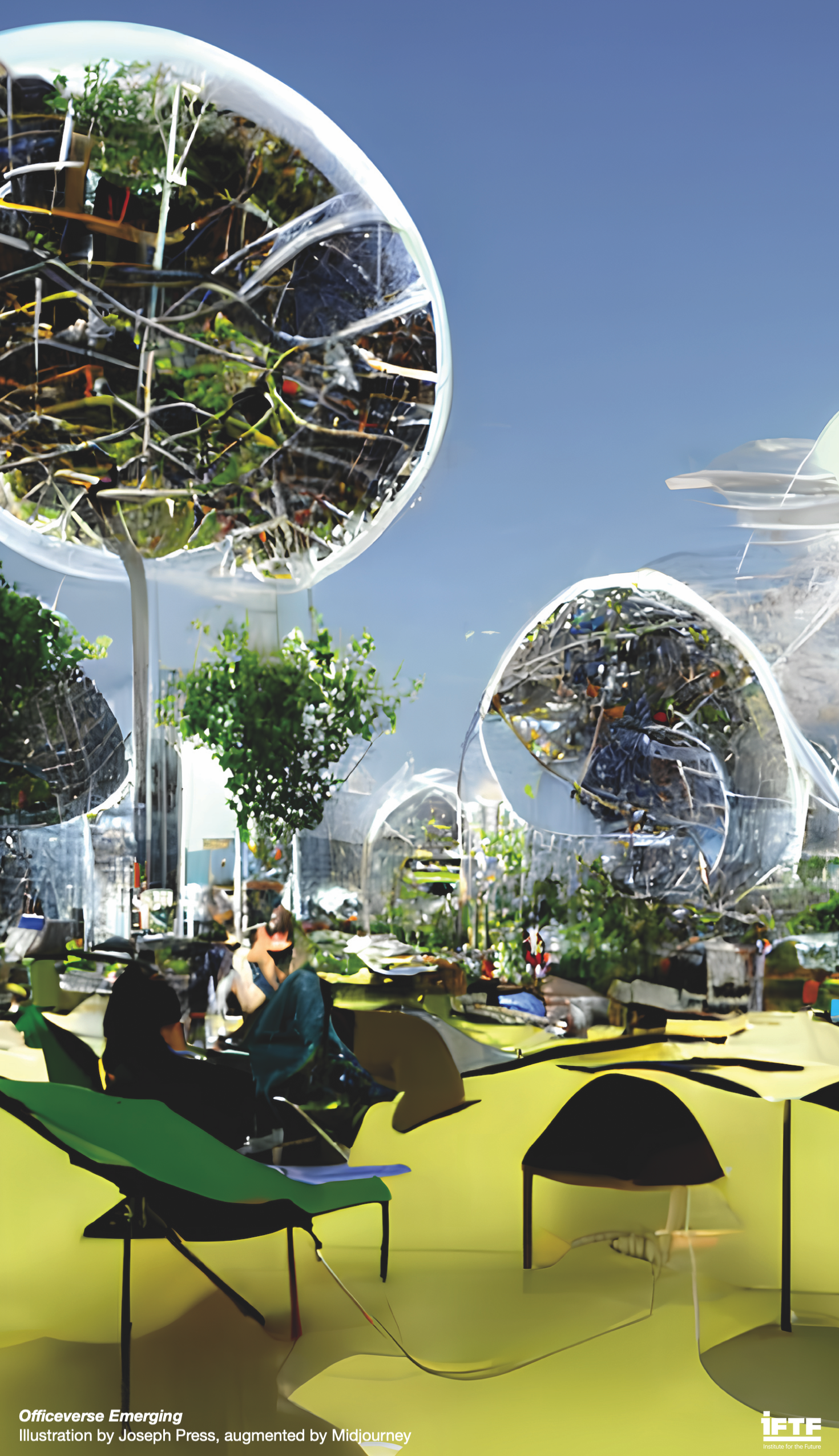
Officeverse Emerging
Illustration by Joseph Press, augmented by Midjourney, an AI art
generator using the prompts collaboration, multiverse, people, technology,
solarpunk, place, space, virtual, working, and office.
Imagine a world in which agility and resilience will be prioritized over certainty and efficiency. Imagine leaders who will be skilled in the art of flexive intent, with great clarity about where they intend to go but great flexibility about how they will get there. All office workers will have license to act, innovate, and coordinate within the envelope of clarity provided by purpose and emergent leadership. Distributed authority hierarchies will come and go based on who is in the best position to make which decision at what time. Scenarios, simulation, and gaming will allow people to prepare in low-risk ways for the highly uncertain future. Economies of scale (where bigger was almost always better) will yield to economies of organization, where you will be what you are able to organize.
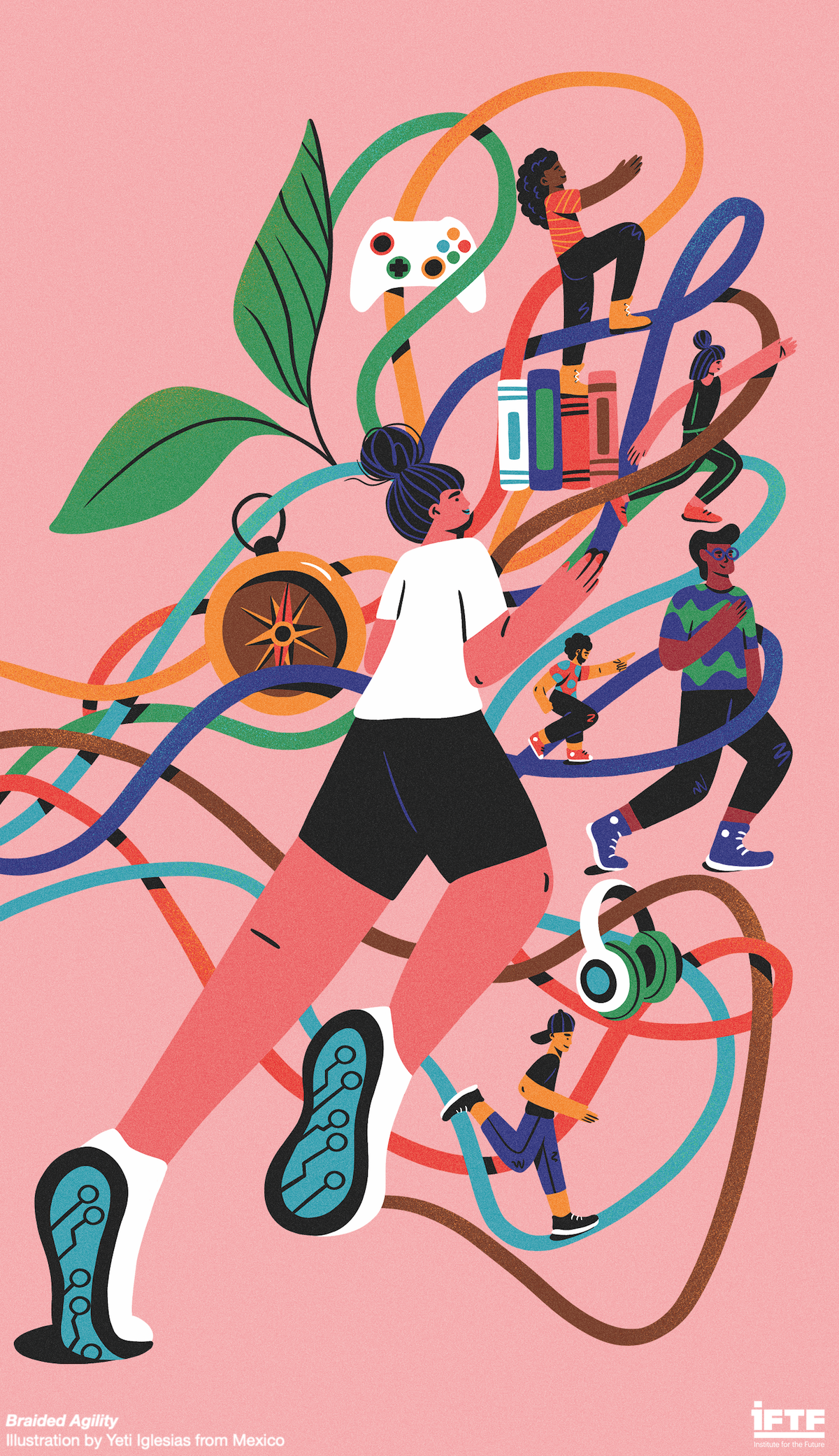
Braided Agility.
Illustration by Yeti Iglesias from Mexico.
Creating Better Futures for Working and Living
Now that you have seen the seven spectrums, you can choose where you would move the slider on each spectrum of the mixing board to harmonize your choices for a better future for working and living.

Are you a leader who is asking "How can we get people back into the office?" Instead ask "Why do we need offices at all?"
There are good reasons to have office buildings, but this should be a question asked, rather than an assumption made.
IFTF can help you to navigate office shock.
IFTF can help raise awareness about the opportunities (and threats) of office shock for your organization, workers, and communities through facilitated workshops, trainings, research, and speeches:
- Assess your priorities on the Seven Spectrums of Choice, to identify the strengths and weaknesses of your current office buildings, hybrid working arrangements, and new construction or updating options.
- Conduct a custom forecast of the external future forces most likely to disrupt your business in the officeverse and factoryverse.
- Join the Office Shock Council to exchange ideas and experiences with other companies.
Find Dr. Lonny Avi Brooks AfroRithms Impossible Futures Reading List here.
Ways to Engage with Office Shock
Office Shock Figures for Audiobook Listeners
If you've downloaded the audiobook version of Office Shock: Creating Better Futures for Working and Living, make sure to download this PDF of the figures, illustrations, and graphics that the authors will refer to in the text.
Copyright © 2023 by Bob Johansen, Joseph Press, and Christine Bullen.

BOB JOHANSEN is a distinguished fellow at the Institute for the Future in Silicon
Valley. He is the author or coauthor of twelve books, including Full-Spectrum Thinking.
JOSEPH PRESS is a former workplace designer, transformation expert, and futures
architect. He is the lead author of IDeaLs (Innovation and Design as Leadership) and
cofounder of the consulting cooperative MakeOurFuture.
CHRISTINE BULLEN is an information systems professor who pioneered in assessing the strategic business value of computers while she was at MIT.
About the research and our research partner USM
At the height of the first COVID-19 wave, the Institute for The Future (IFTF) met with Alex Schärer, the CEO of the Swiss-based furniture company USM, who was looking for a partner to forecast the future of the workplace but, more importantly he wanted to start a new conversation about the workplace, and its role in society.
As the IFTF team was mobilizing, African-American George Floyd Jr. was murdered by a white police officer in Minneapolis, USA. 16 months later, world leaders fell short of agreement on climate change at COP26 in Glasgow. These events, and the ongoing pandemic, expanded our research beyond the workplace. Our work revealed what IFTF forecasted after the pandemic, what our colleagues were calling the deeper diseases (https://www.iftf.org/whathappensnext/).
With Alex's objective of triggering an in-depth conversation, we shared the research at a meeting of global CEOs in Switzerland. Office Shock did indeed trigger a deeper conversation, and in the C-suite no less.
